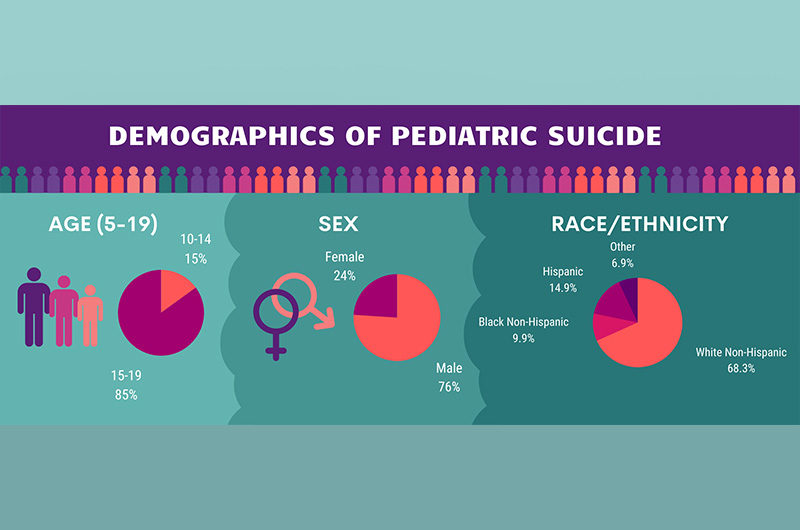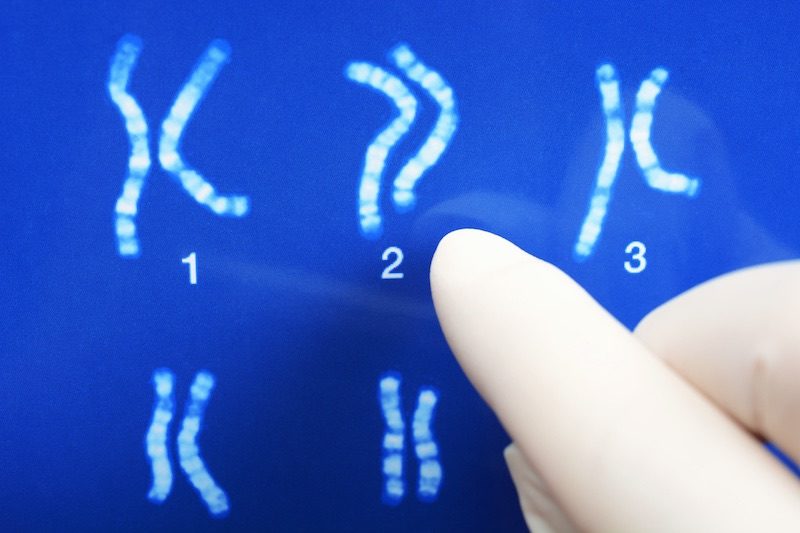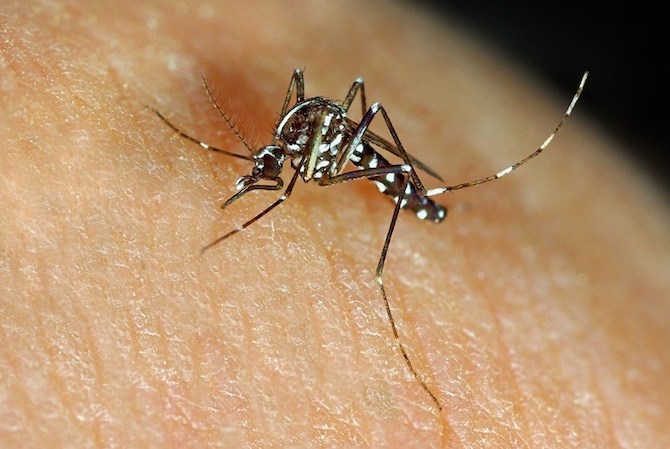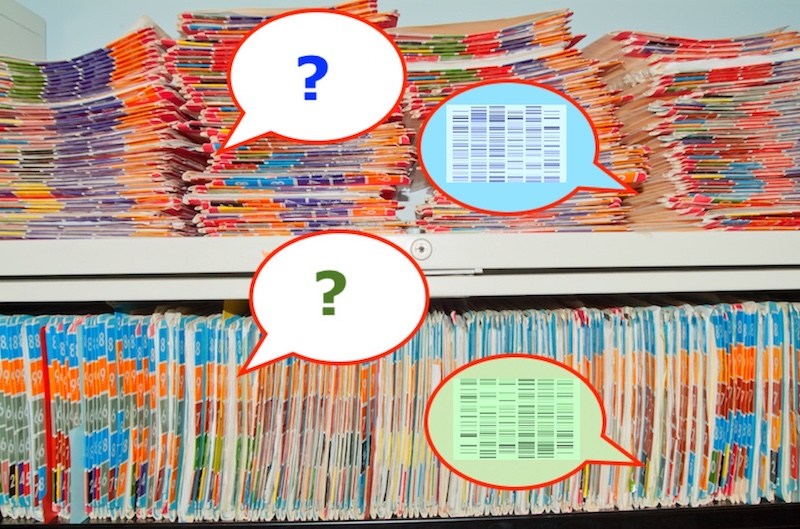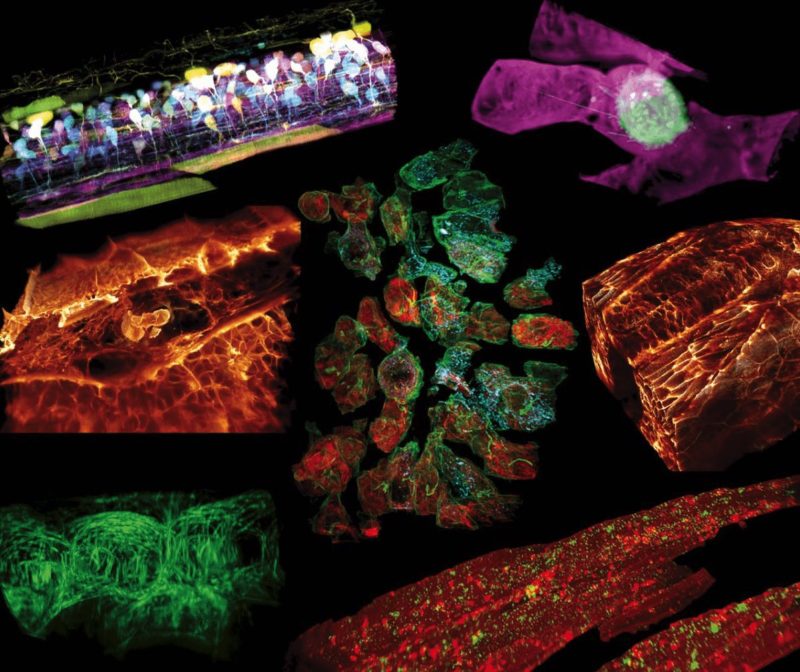Crowdsourcing the COVID-19 pandemic in real time
News about the global COVID-19 pandemic changes virtually minute by minute. Beyond staying home, handwashing, and covering your cough, you may wonder what you can do to help. A new website developed by the HealthMap team at Boston Children’s Hospital, COVID Near You, offers one way. Taking a moment to share your health status on ... Read More about Crowdsourcing the COVID-19 pandemic in real time
Poverty associated with suicide risk in children and adolescents
Suicide in children under age 20 has been increasing in the U.S., with rates almost doubling over the last decade. Between 2007 to 2016, nearly 21,000 children ages 5-19 years old died by suicide. While the reasons for the increase are not well understood, new research from Boston Children’s Hospital shows a link between poverty ... Read More about Poverty associated with suicide risk in children and adolescents
A nimbler way to track alcohol use: mining Twitter and Google searches
Large, survey-based studies are a slow, expensive way to collect rigorous public health data. New research, focusing on alcohol use, shows that mining Twitter and online searches could enable public health professionals to get immediate, localized insights, spot emerging trends, and even measure the effects of interventions. “Online user-generated data are fluid and nimble — ... Read More about A nimbler way to track alcohol use: mining Twitter and Google searches
CHIP-ing away at health and medicine for 25 years: A look back
In 1994, when CHIP was formed, the dotcom boom was just dawning. iPhones and social media (except for the earliest versions) were more than a decade away. Bill Clinton was president. Isaac Kohane, MD, PhD, had just completed a fellowship in endocrinology at Boston Children’s Hospital under the mentorship of Joseph Majzoub, MD. He wanted ... Read More about CHIP-ing away at health and medicine for 25 years: A look back
Online data mining adds to the picture of vaping-related lung disease
Severe lung disease related to vaping has been surging across the U.S., with the eighth death confirmed last week by the Centers for Disease Control and Prevention. A brief report in The New England Journal of Medicine suggests that online data-mining tools can supplement traditional public health surveillance and help officials stay ahead of this sudden epidemic. ... Read More about Online data mining adds to the picture of vaping-related lung disease
After GWAS studies, how to narrow the search for genes?
Genome-wide association studies (GWAS) look at large populations to find genes that contribute to common, multi-gene traits like height or obesity. These comprehensive investigations frequently turn up large numbers of tiny genetic variations that show up more often in people who are tall, obese, etc. But this association doesn’t mean the variant actually helps cause ... Read More about After GWAS studies, how to narrow the search for genes?
The threat from mosquito-borne diseases: Forecasting mosquitoes’ global spread
Outbreaks of mosquito-borne illnesses like yellow fever, dengue, Zika and chikungunya are rising around the world. Climate change has created conditions favorable to mosquitoes’ spread, but so have human travel and migration and accelerating urbanization, creating new mini-habitats for mosquitoes. In Nature Microbiology yesterday, a large group of international collaborators combined these factors into prediction models that ... Read More about The threat from mosquito-borne diseases: Forecasting mosquitoes’ global spread
Families and data scientists build insights on Phelan-McDermid syndrome
This is the third year that Jacob Works has made the trip down to Boston Children’s Hospital from Maine. With research assistant Haley Medeiros, he looks at pictures, answers questions, manipulates blocks and mimes actions like knocking on a door. His father, Travis, and another research assistant look on through a window. “At first, we ... Read More about Families and data scientists build insights on Phelan-McDermid syndrome
Science Seen: New microscope reveals biological life as you’ve never seen it before
Astronomers developed a “guide star” adaptive optics technique to obtain the most crystal-clear and precise telescopic images of distant galaxies, stars and planets. Now a team of scientists, led by Nobel laureate Eric Betzig, PhD, are borrowing the very same trick. They’ve combined it with lattice light-sheet to create a new microscope that’s able to capture real-time, incredibly ... Read More about Science Seen: New microscope reveals biological life as you’ve never seen it before
Effective vaccination of newborns: Getting closer to the dream
In many parts of the world, babies have just one chance to be vaccinated: when they’re born. Unfortunately, newborns’ young immune systems don’t respond well to most vaccines. That’s why, in the U.S., most immunizations start at two months of age. Currently, only BCG, polio vaccine and hepatitis B vaccines work in newborns, and the ... Read More about Effective vaccination of newborns: Getting closer to the dream



